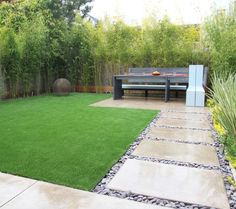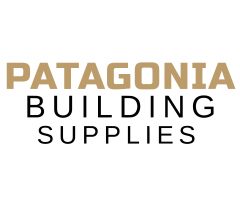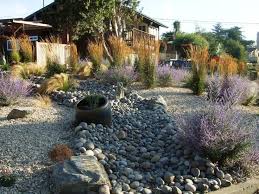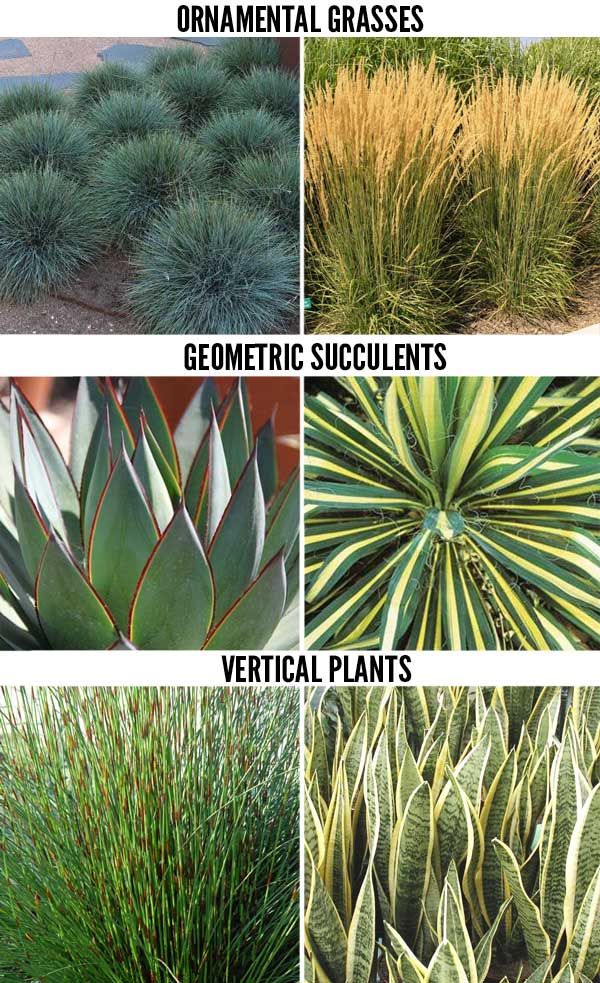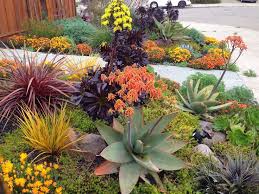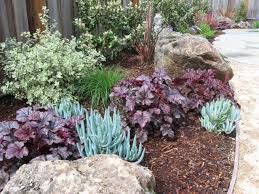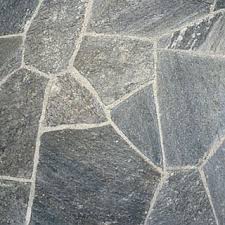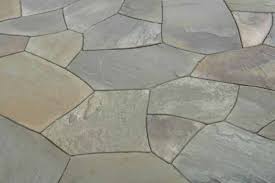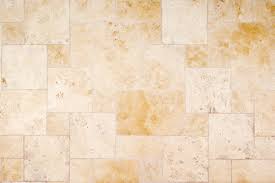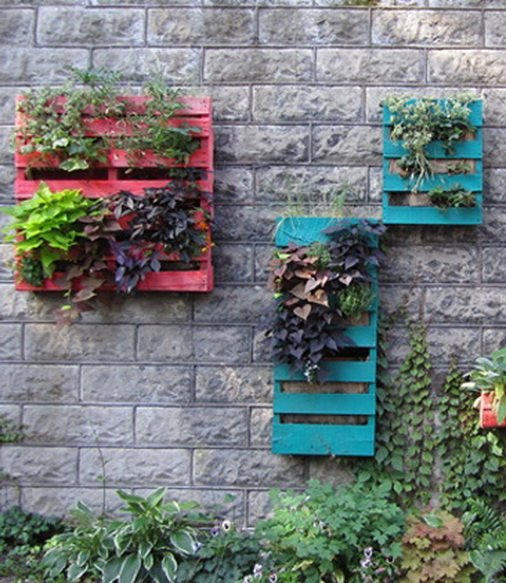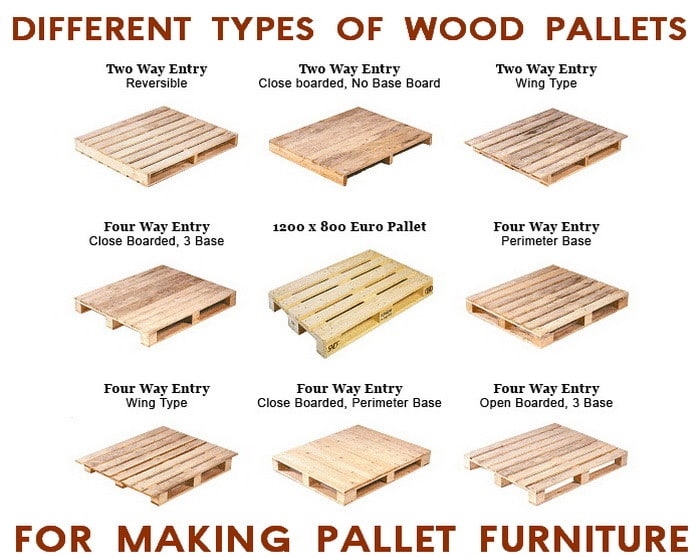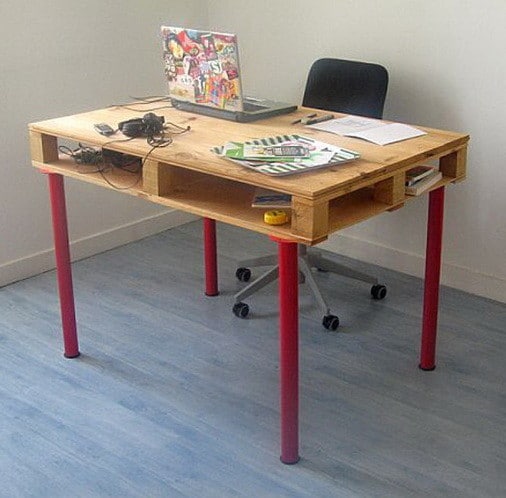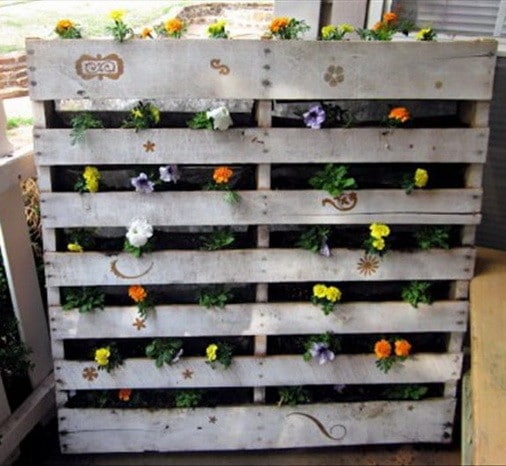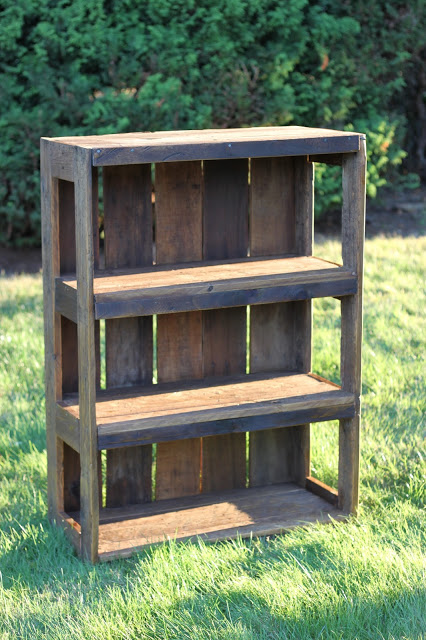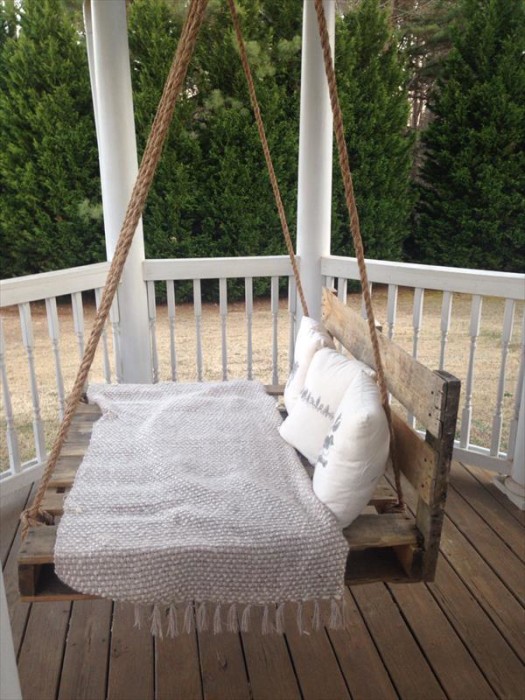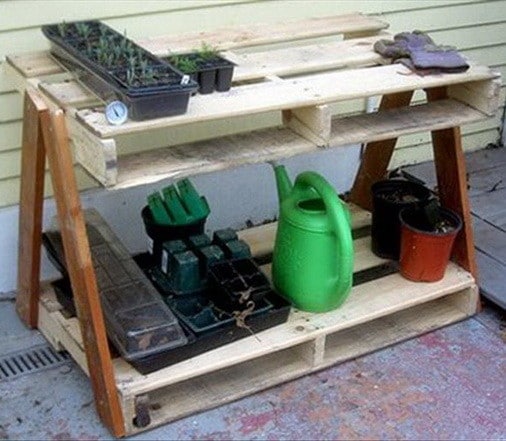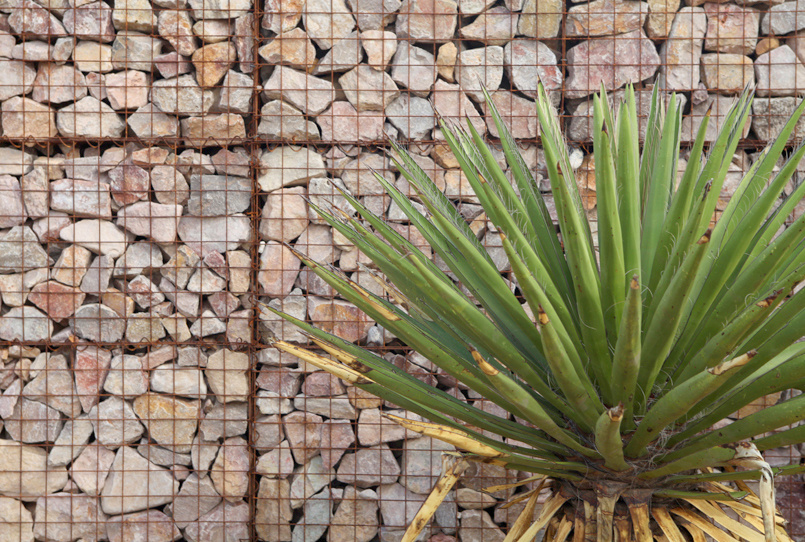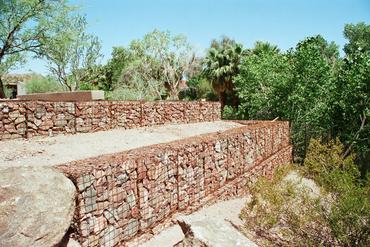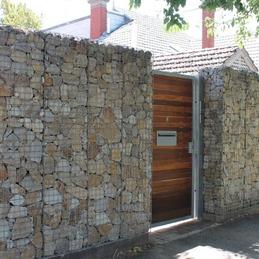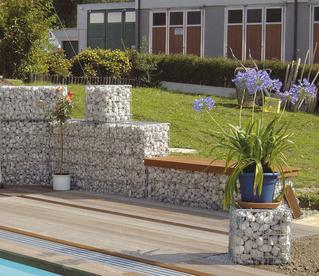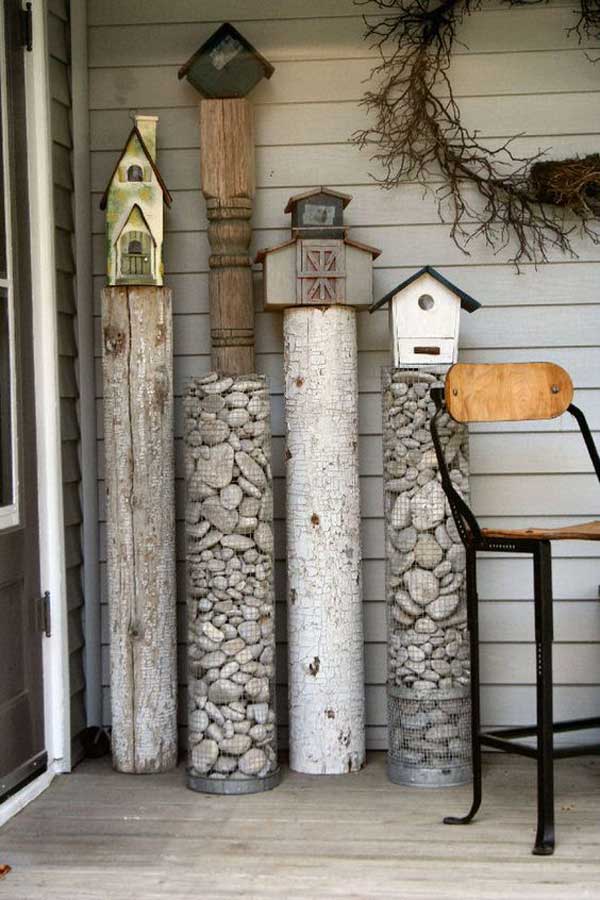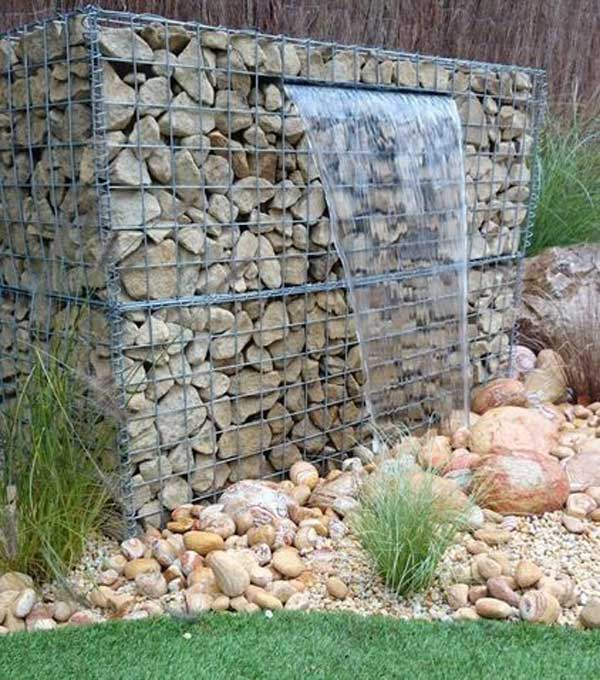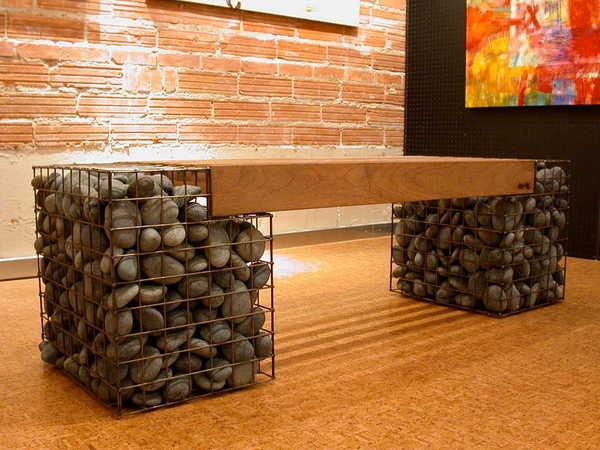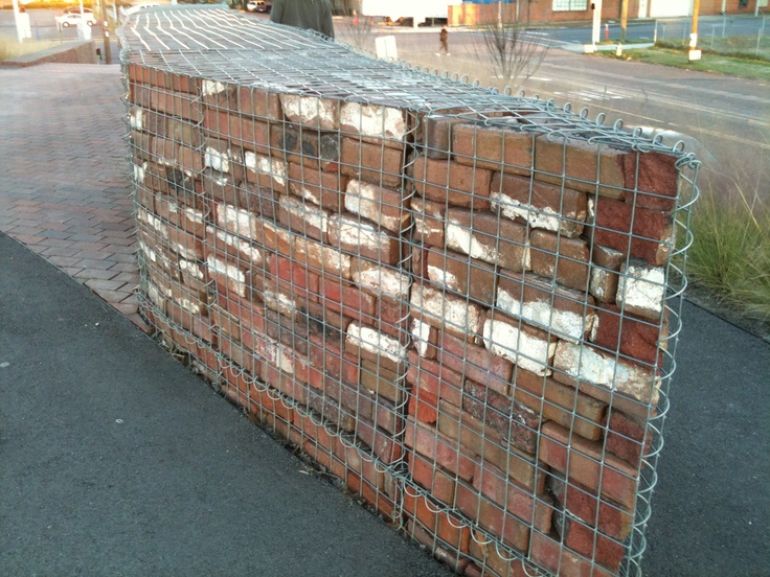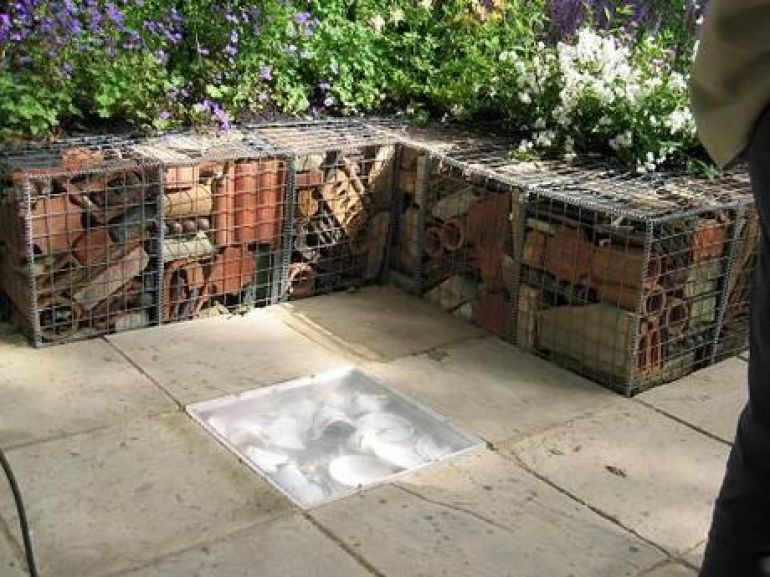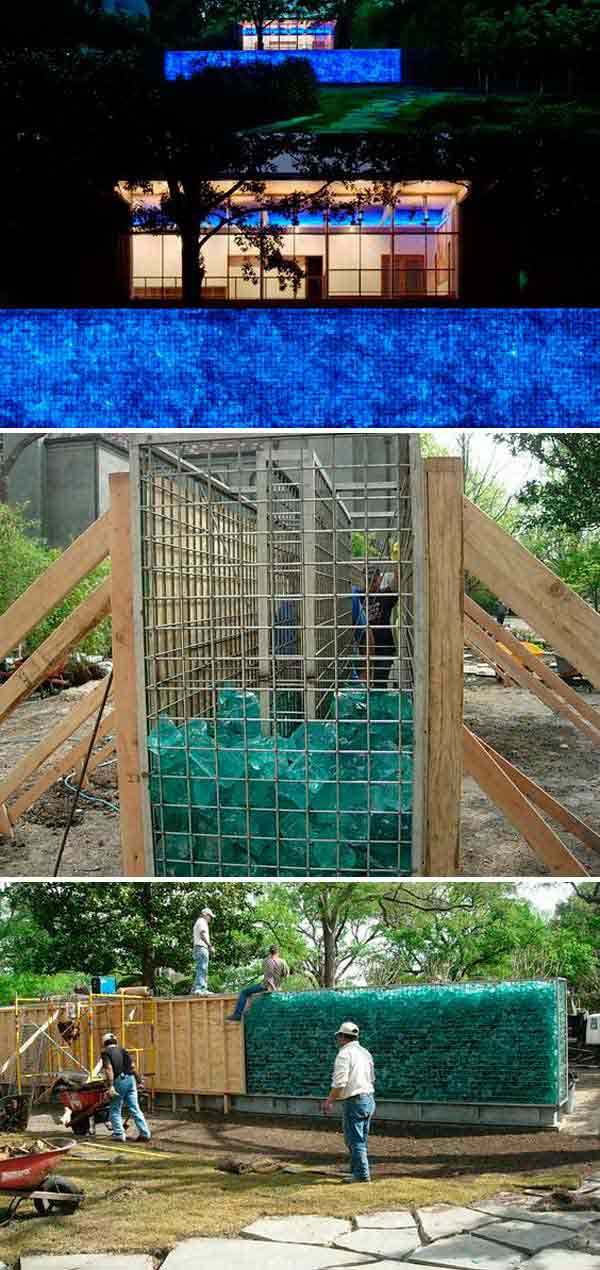
We’ve been selling artificial turf for years now thanks to our association with The Synthetic Grass Store and it has become increasingly popular due to rebates from the government, the improved quality and look as well as the ease of care that it provides.
Unfortunately, a lot of people still think “oh no, not fake grass.” If you’re one of those people who feel it’s not worth the time and money to replace your natural grass with artificial turf, here are 7 reasons for you to consider installing synthetic turf:
- Save, save, save. You’ll save money on lawn maintenance. Imagine sitting in your backyard on a Saturday or Sunday morning, not having to gas up your lawn mower or haul bags of fertilizer to spread on your lawn? With artificial turf, there is no need to weed and feed your lawn anymore.
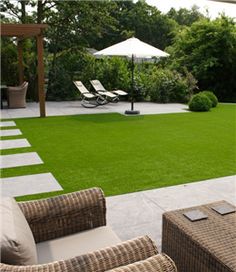
- Look green year round. You can still have some green space in your yard. Giving up your natural grass doesn’t mean that you’re giving up on having a natural green color on your property. Artificial lawn grass comes in many different colors, density, and grass blades, so you feel like you have a natural lawn even though the grass is not “alive.”
- Be trendy. You can incorporate artificial grass with your xeriscape design. Xeriscaping is all the rage right now, not only because you can create interesting textures and features using native plant materials, but the plants also thrive in hot, dry weather conditions. We can help you find the perfect artificial grass to tie in with your existing or planned xeriscape design.
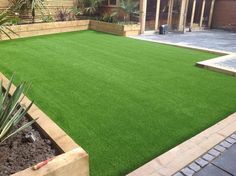
- Conserve water. It goes without saying that artificial lawn grass doesn’t need to be irrigated at all. You may periodically need to hose away dog waste, but that’s about all you need to do that would require you to use water on your new turf.
- Rebates. You may be eligible for an artificial grass rebate. City water authorities in Arizona, California, New Mexico, Nevada, and Texas are offering rebate certificates for homeowners and others who replace their natural grass with artificial turf. Each municipality has its own standards and policies, so you need to check with your local water authority to see if they issue rebates and what requirements need to be met in order to receive the rebates.
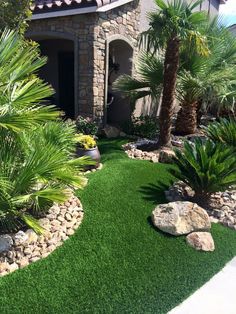
- Commercial as well as residential. Synthetic Grass isn’t just for homeowners. Apartment complexes, rental units, and commercial properties can also replace their existing turf with artificial grass. Can you imagine the gallons of water that will be saved on a commercial property if its natural grass was replaced by artificial lawn grass? And businesses would save money, too, because their water bills would be lower. Some municipalities may also offer rebates to those, other than homeowners, who want to replace their natural grass with synthetic grass.
- HOA savings. Some city councils are overriding Home Owner Associations’ rules on artificial turf placement. Some cities, that must conserve water immediately, are telling local HOAs not to punish homeowners for installing artificial grass. Contact your city’s water authority or city government to ask them about your HOA and lawn replacement before you hire a contractor to work on your lawn.
